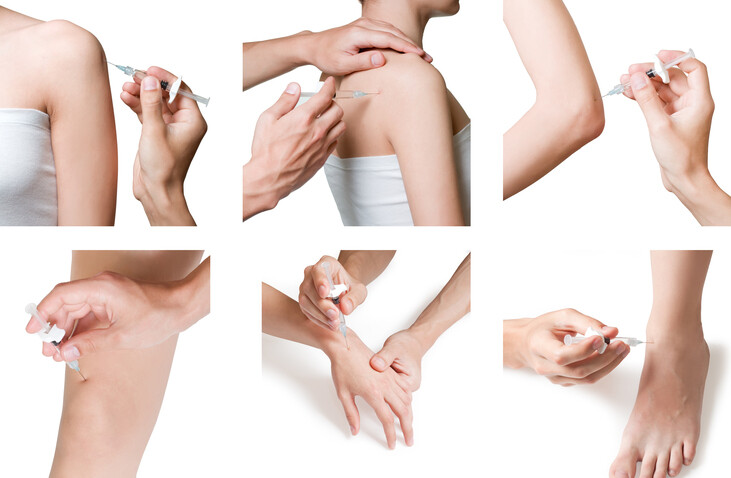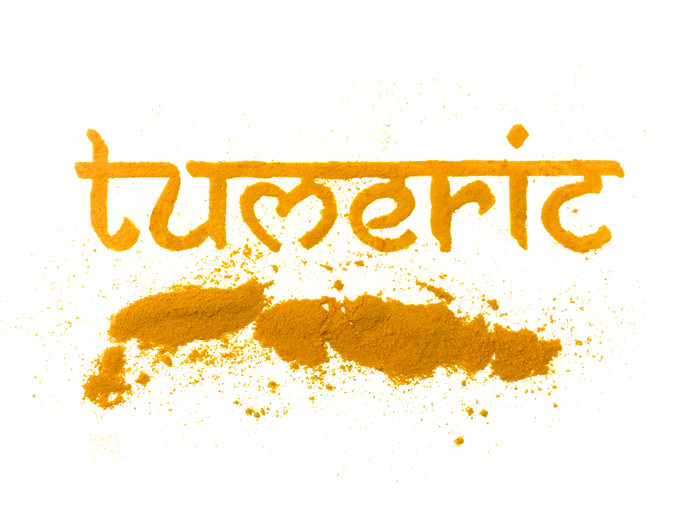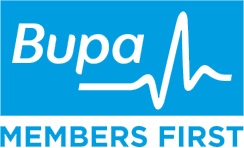What is Cortisone?
Cortisone is a synthetic version of the Corticosteroid hormone group known as Cortisol which is produced by the adrenal glands in our body. Cortisol has many functions in our body. It is increased in stressful situations and helps our body be ready to respond to danger and repair tissue. It is a potent anti-inflammatory.
What is the purpose of injecting cortisone?
There are three main reasons your health practitioner may ask you to consider a cortisone injection.
- To help treat chronic inflammation that is not settling with standard measures such as adjusting what you do, strengthening exercises and non-steroidal anti-inflammatory medication such as Voltaren and Nurofen. Cortisone acts on different cellular pathways than the non-steroidal anti-inflammatories and can be very effective even when other drugs have not helped.
- To relieve or eliminate pain that is associated with inflammation. Pain associated with conditions such as bursitis, tendinitis and arthritis can be helped by cortisone injections. However, it is only part of the long-term management of these conditions.
- To confirm or exclude a specific diagnosis. Often, scans show many things that could be potential causes of ongoing pain. A local anaesthetic is also injected with the cortisone. If pain is significantly improved immediately or shortly after the injection, it does indicate that the diagnosis is correct and can help guide treatment options.
What are the potential benefits of Cortisone?
- Studies show that significant pain relief occurs in about 70% of cases. For some, results are dramatic and long-lasting. For others, the result is mild and short-lived. The key to successful recovery is to use this period of less pain to normalise movement patterns and strengthen muscles around the site. Moving normally and getting stronger are the key elements to achieving long-term relief.
What is involved?
Ultrasound is used for most cortisone injections to ensure the cortisone is placed where it is needed to maximise results, confirm the diagnosis and minimise discomfort.
Local anaesthetic is commonly injected with the cortisone; nerve blocks are occasionally used to numb the area completely.
Are there any risks or side effects?
Significant complications are extremely rare. The most common side effect is a short-term increase in pain before the cortisone takes effect. This may be noticed between 4 – 48 hours post-injection. Ice and paracetamol can be used to settle discomfort.
Other side effects include:
- Feeling flushed or red-faced, which may develop on days 2-3. It is normally mild and settles with antihistamines.
- Sleep disturbances and hyperactivity for the first 24 hours are common
- A transient increase in Blood sugar is commonly noted. You need to let your doctor know if you have diabetes so you can monitor and treat any changes to blood sugar levels following the injection.
- Infection is extremely rare ( one in every 15,000 to 20,000 injections) but can be serious, particularly if injected into a joint. Signs of infection include fever, local heat at the injection site or increasing pain 48 hours following the injection. Consult your doctor if you notice any such symptoms.
- Allergies, mild bruising, disruption of the normal menstrual cycle, nerve damage and hiccups are extremely rare side effects.
- Superficial injections can cause the fat under the skin to dimple, and occasionally, the colour of the skin can change at the injection site.
What should you do or not do after having a cortisone injection?
- We suggest you rest from exercise for 48 hours after the injection to optimise the chance for the cortisone to work. Driving and everyday activities can still be undertaken.
- Use ice or paracetamol for any initial discomfort
- three days post-injection, some modified exercises can resume
- five days after the injection, you can resume normal training, running and jumping. However, you should be guided by your treating physio to ensure the load is appropriate to optimise long-term recovery.
Posted by Sandy Woolman – Physiotherapist September 2022













Make an Appointment
COMPLEXICA BUILDING Level 1, 9 Charles St
West Lakes 5021
PO Box 7558
West Lakes 5021
Call Us08 8347 2043